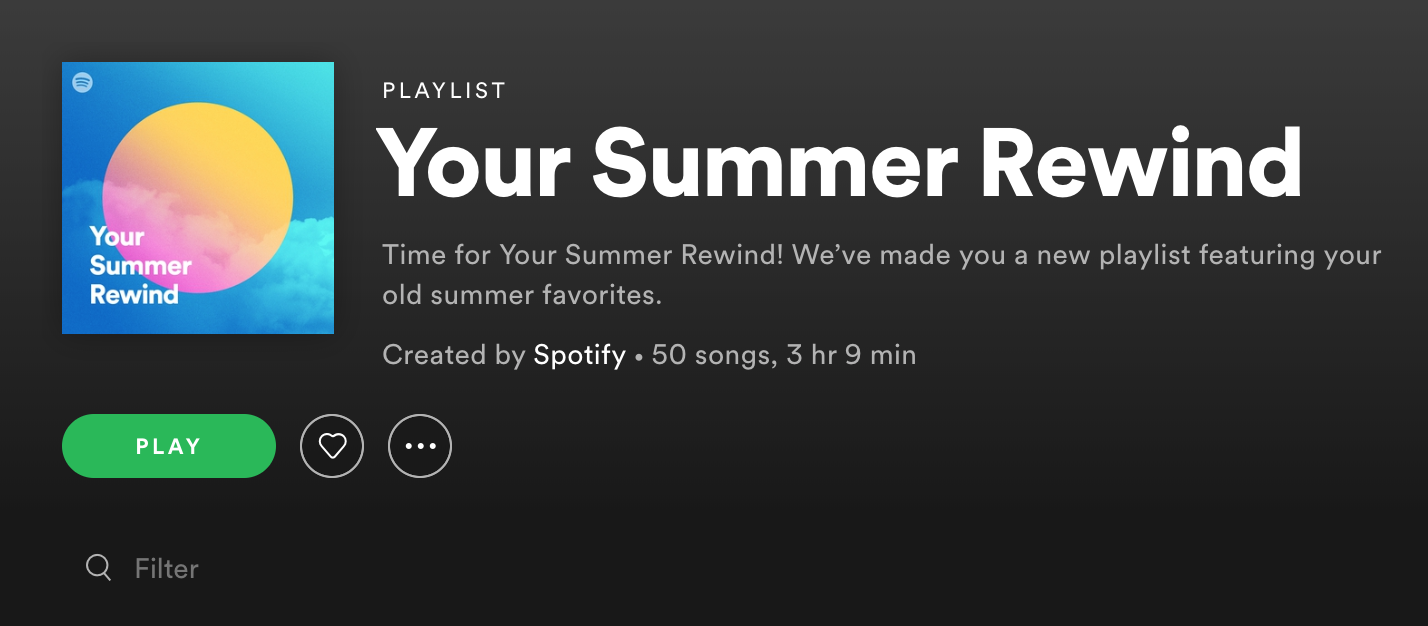“Listening to new music is hard,” Jeremy D. Larson writes at the start of a recent Pitchfork essay extolling the virtues of listening to new music. He’s right, it is hard. Especially now.
We should do it anyway, Larson argues, making the physiological case for neuroplasticity. That is, encountering new patterns — for example, music we don’t already know — causes our brains to change. With repetition, those unfamiliar patterns become familiar and trigger the release of dopamine, which is tied to emotional response. The more patterns we embed in our brains, the more music our brains respond to. On the flip side, that’s also why it’s so easy to listen again and again to music we already know: it’s comfortable, and it triggers those dopamine hits without having to form new pathways.
Having brains that respond to more music sounds like something we would want, so let’s accept that increasing our neuroplasticity is a good thing, and that seeking out new music is a noble pursuit. In many ways, it’s also a privileged one.
If you’re lucky enough to be spending your coronavirus lockdown somewhere you are physically and emotionally safe, with some free time and levels of stress and anxiety that are reined in well enough to focus on something more than getting by, then sure, maybe this is the perfect opportunity to go virtual crate-digging on Bandcamp, or Spotify, or even in the less well-trod corners of your own music collection. As Larson writes, “The choice to listen to new music prioritizes, if for one listen only, the artist over you. It is an emotional risk to live for a moment in the abyss of someone else’s world, but this invisible exchange powers the vanguard of art, even in times of historic inertia.”
If you can see your way past mourning Covid-19 casualties including John Prine and Adam Schlesinger, you might find the song or album that you come to indelibly associate with this unsettling period, the way you remember what you were listening to in high school, or after 9/11, if you’re old enough. If it’s going to be music you remember forever, the songs you associate with spring 2020 might as well be new ones. Larson again: “Don’t let history be recursively defined by a feedback loop. Steer into the skid, pour the fear and dread leaking through your roof into something unfamiliar, because it could be the new artifact that exclusively defines this moment for you—a new friend who totally loves you for what you’ve become.”
There are people, though, for whom this pandemic represents something more than an inconvenience, for whom the luxury of music discovery is out of reach. Those worried about vulnerable relatives, or their own well-being, or whether they can afford to buy groceries while out of work with the economy in freefall, have more immediate things to think about than freshening up the soundtrack that accompanies them through the age of coronavirus.
For frontline medical staff, grocery store clerks, delivery drivers or sanitation workers, coming home bone-tired after a harrowing shift that puts their health in danger, the idea of prioritizing an artist over themselves, if for one listen only, is scarcely worth considering. If the familiar shared chord progressions of songs by Adele, Bruce Springsteen and Cheap Trick — or even that one Skee-Lo hit from 1995, or the “Chulas Fronteras” soundtrack, or no music at all — can serve as a distraction or help slow their heart rate, the vanguard of art surely won’t begrudge them.
Larson’s unspoken point is a valuable one: seeking out the new and unfamiliar in such tumultuous times is an act of resistance, of resilience. It’s a sign that we won’t fold into ourselves in defeat, that we are defying despair and willing to endure whatever may come. It is worth remembering, though, that not everyone is able to share that prerogative, and those of us who can shouldn’t take it for granted.
